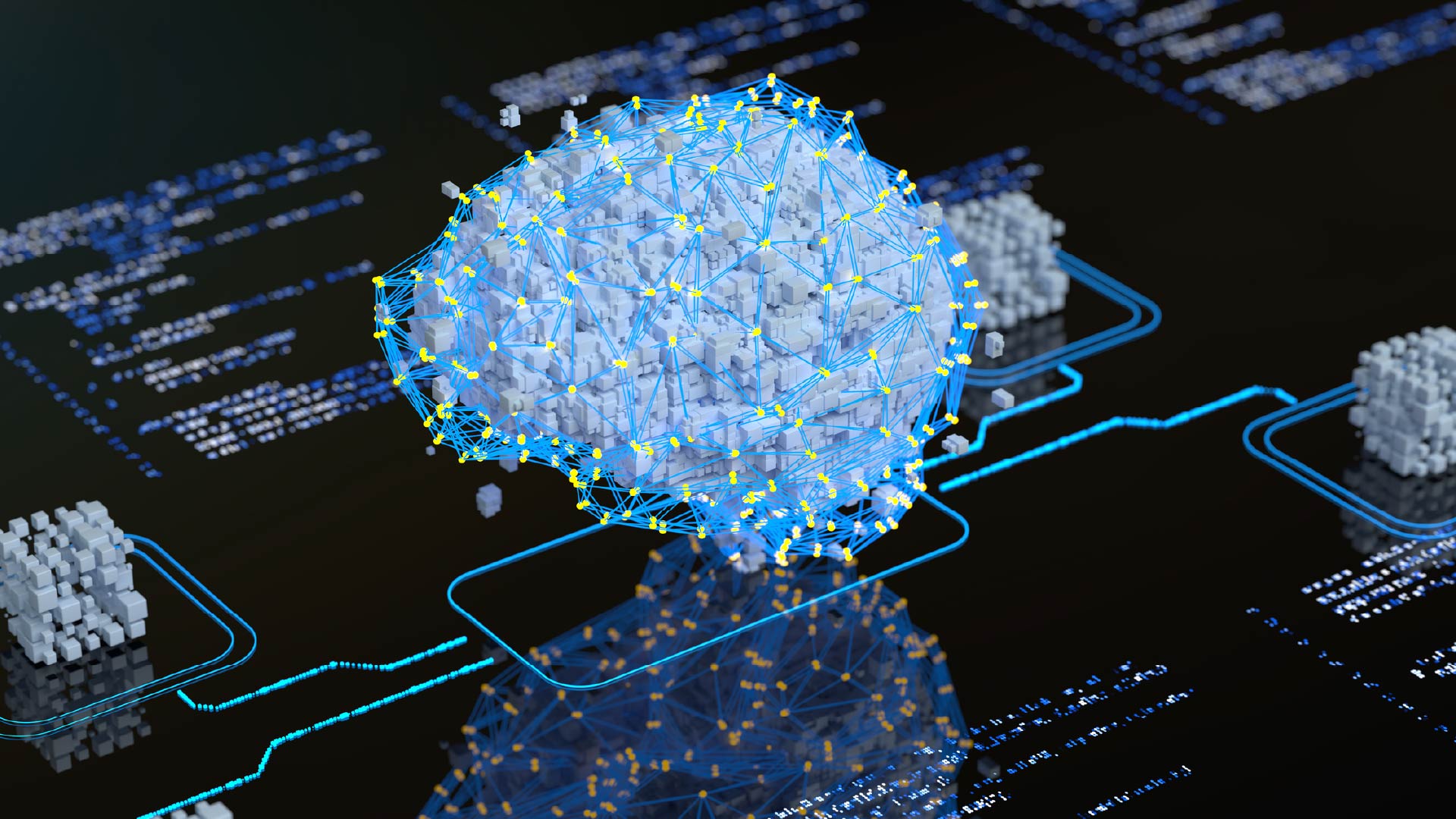ConQuest 2025 Highlights The Significance Of Context-Aware AI Agents In EHSQ
At ConQuest 2025, ComplianceQuest’s CTO Atulya Risal opened the conference by outlining the organization’s vision for AI agents, spanning EHS, quality, risk management and several other domains. ComplianceQuest’s software leverages the agentic AI capabilities of Salesforce, which is one of several enterprise technology giants in the race to build deployable AI agents.
At first glance, it may seem that AI agents are synonymous with AI assistants or chatbots, which can think and communicate about workplace tasks when prompted by a human. In fact, AI agents and AI assistants are noted as distinct technologies, as seen in our 2025 Tech Roadmap of EHS technologies. What distinguishes AI agents from assistants is that agents can also autonomously use external databases and run code, wait for results and then decide what to do next.
In the not-so-distant future, vendors will offer AI agents to supplement corporate EHS, quality and risk management programmes. When this happens, decision-makers will need to know how to judge an AI agent and select one that will adequately meet their firm’s requirements. As the market currently stands, organizations will find their best fit by evaluating an AI agent on:
- How it operates in the wider business context.
When encountering an issue – such as a faulty piece of machinery – a safety-focused AI agent would naturally prioritize a response aligned with safety protocols. However, if the agent is context-aware, it could go further by alerting leaders across other business functions once it addresses the immediate safety concern – as safety should always come first. This cross-functional awareness is valuable, as a machinery fault could signal broader ‘middle office’ issues, such as product quality risks, supply chain disruptions or maintenance gaps. A harmonized, agentic AI-driven middle office approach would not only streamline CAPA (corrective and preventive action) processes, but also deliver broader returns on AI investment through improved operational resilience.
- Configurability of its rules for autonomy and intervention.
Based on the boundaries defined for them, AI agents can either execute actions autonomously or prompt human intervention. Many agents can independently handle tasks such as booking appointments, issuing refunds or halting operations, requiring minimal input beyond initial configuration (see Verdantix Market Trends: Enterprise AI Adoption Strategies). However, for high-risk, heavily regulated contexts like life sciences, human oversight should prevent AI agents from acting autonomously. In such cases, agents serve better as advisors, prompting human decision-makers with recommendations but leaving the final judgment to them. For instance, within a CAPA process, a human can limit what an AI agent can notify or change, but the AI can still guide the human towards an appropriate course of action. Ultimately, the strength of these boundaries depends on how configurable the AI agent is.
- Its ability to interact and integrate in a broad technological ecosystem.
In some organizations, systems will remain siloed despite the clear benefits of a fully integrated ‘middle office’. As a result, multiple AI agents from different vendors may need to work together to complete tasks. High-quality outcomes in such environments depend on the agents’ ability to recognize and respect each other’s authority – much like an effective human team. The success of this collaboration hinges on both the quality and quantity of data available to the agents, as well as their ability to interact with the physical world. Integrating agentic AI with physical systems, such as cameras, drones and robots, has the potential to transform EHSQ processes like inspections and investigations. In these scenarios, a physically integrated AI agent could operate independently or in collaboration with a human, enabling more thorough and efficient execution of tasks that were once solely human-driven.
At the ConQuest 2025 event, EHSQ practitioners from the life sciences and manufacturing industries – with firms such as Johnson & Johnson and Standard BioTools in attendance – were deeply absorbed by the vision for AI agents. The audience’s view was that the demos at the event showed AI agents’ promise to significantly optimize EHSQ workflows, but that it would take a steep amount of AI governance frameworks to make them practical for such use cases in highly regulated industries. Overall, Verdantix expects the market excitement to generate greater AI investment, which will be thoroughly researched in our AI Applied and EHSQ practices.
About The Author

Moses Makin
Industry Analyst





